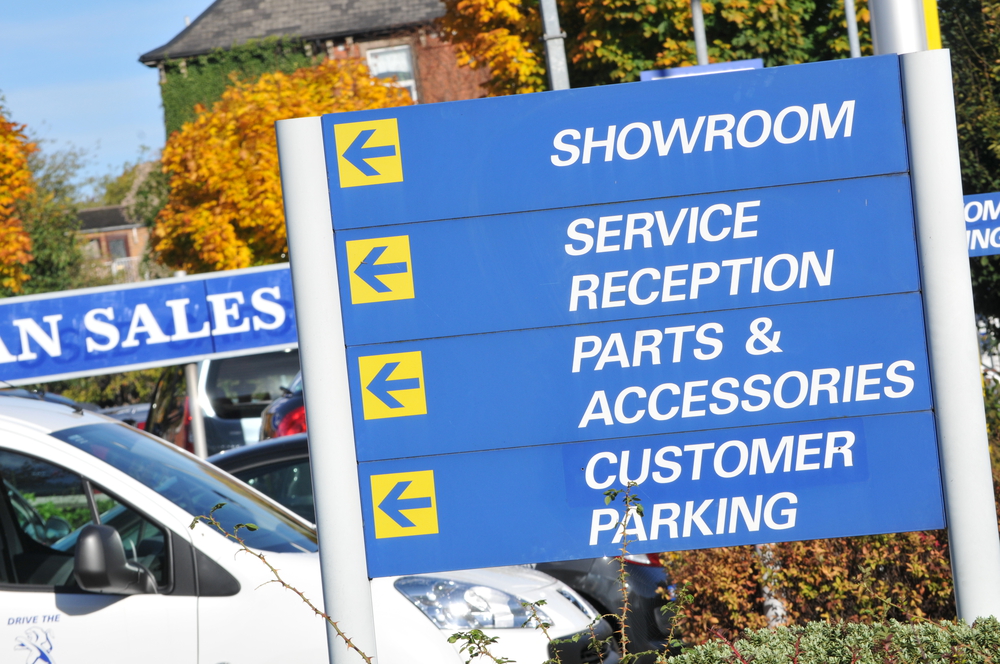Customers want to know that they are going in the right direction. That is why effective wayfinding and navigation are crucial for enhancing their experience. Signage serves as a powerful tool for guiding individuals through complex spaces, enabling seamless navigation and enhancing overall satisfaction. If you are trying to figure out how to leverage signage for wayfaring and navigation, there are a couple of things you need to know. Let’s discuss how such signs can simplify navigation while boosting the aesthetic appeal of various environments.
Key Takeaways
- Wayfinding signage plays a pivotal role in guiding individuals through complex spaces, promoting efficient navigation, and enhancing overall customer satisfaction.
- Different types of wayfinding signage, including directional signs, identification signs, informational signs, and regulatory signs, serve distinct purposes in facilitating effective wayfinding and navigation within diverse environments.
- Leveraging wayfinding and navigational signage offers numerous benefits, including improved visitor experiences, increased efficiency, and enhanced brand perception for businesses and organizations.
What is Wayfinding Signage?
Wayfinding signage refers to a comprehensive system of signs strategically placed within a space to provide clear and concise guidance to individuals navigating through the area. These signs are designed to convey essential information, such as directions, locations, points of interest, and safety guidelines, ensuring that visitors can easily orient themselves and reach their desired destinations with minimal confusion or frustration.
By incorporating intuitive design elements and user-friendly information, wayfinding signage serves as a valuable resource for enhancing the overall accessibility and usability of various environments, fostering a positive and engaging experience for all users.
The Different Types of Wayfinding Signage
There are four different kinds of wayfaring signage that you can implement in and around your business:
Directional Signs
This kind of signage is designed to provide concise instructions. Directional signs help individuals navigate pathways, including corridors or sections, within a space. They can also help people identify the quickest routes to a specific destination, such as key points of interest, entrances, and so on. Directional signs ensure efficient and timely movement throughout the environment.
Some examples include:
- Exit signs
- Parking signs
- Restroom signs that guide you to their location
Identification Signs
Identification signs serve the purpose of labeling and identifying specific areas, rooms, or facilities within a complex space. By clearly indicating the names and functions of various locations, such as offices, departments, or amenities, these signs facilitate easy recognition and comprehension, enabling visitors to quickly locate and access the services or resources they require.
The channel letters you may see over a reception desk at a hotel or the ones highlighting a conference room are examples of identification signs.
Informational Signs
Informational signs offer detailed information about specific services, policies, or points of interest within a space. These signs provide essential details regarding operating hours, emergency procedures, facility guidelines, or special instructions, ensuring that individuals are well-informed and prepared to navigate the environment in a safe and efficient manner.
Examples of informational signs include emergency evacuation plans on the back of doors, hours of operation, and visitor information signs that provide additional details about something. You will mainly find informational signs in places where many potential customers congregate, such as schools, malls, museums, and parks.
Regulatory Signs
Regulatory signs communicate essential safety guidelines, rules, or restrictions within a space, promoting compliance and ensuring the well-being of all users. These signs may include instructions for emergency exits, fire safety protocols, or specific regulations for restricted areas, effectively guiding individuals to adhere to the designated guidelines and maintain a secure and orderly environment.
Examples of regulatory signs include:
- “No Smoking” signs indicating areas where smoking is prohibited, such as in public buildings or outdoor spaces.
- “Fire Extinguisher” signs pointing to the location of fire extinguishers in commercial properties or public facilities.
- “Authorized Personnel Only” signs restricting access to specific areas in office buildings, schools, or manufacturing facilities.
The Benefits of Wayfinding and Navigational Signage
Leveraging wayfinding and navigational signage offers a multitude of benefits for businesses, organizations, and public spaces:
- Improved Visitor Experiences: Clear and intuitive wayfinding signage enhances the overall visitor experience by minimizing confusion and facilitating seamless navigation, resulting in increased satisfaction and positive interactions with the environment.
- Increased Efficiency: Well-designed wayfinding signage optimizes the flow of foot traffic and minimizes congestion within a space, promoting efficient movement and reducing the time required for individuals to reach their intended destinations.
- Enhanced Brand Perception: Incorporating cohesive and visually appealing wayfinding signage reinforces a positive brand image and fosters a professional and organized atmosphere within the environment, enhancing the overall perception of the business or organization among visitors and stakeholders.
Looking for Wayfinding Signage for Your Business?
Now that you have learned about wayfaring and navigational signage, it’s time to bring some into your business. This kind of signage is crucial, as it makes your property safer and compliant with various regulations.
Tupp Signs specializes in creating comprehensive and customized wayfinding signage solutions tailored to meet the unique navigation needs of your business or organization. With a focus on intuitive design, high-quality materials, and seamless integration, our wayfinding signage solutions effectively guide individuals through complex environments, ensuring a positive and engaging experience for all users. Contact us today by calling 866-324-7446 or by filling out the contact form.


